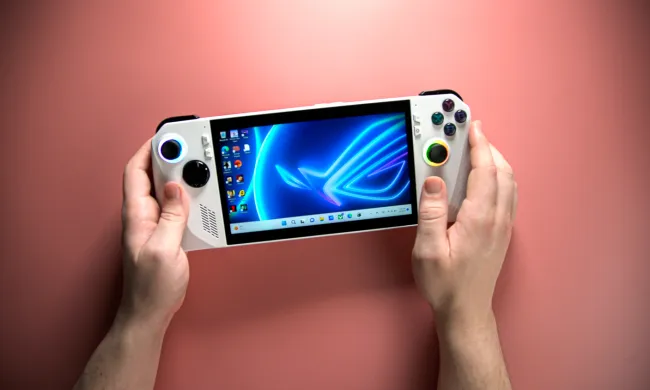An MSPower user reports that Microsoft is working on a trimmed-down version of Windows 10 as part of its next major release of the OS.
Welcome to Windows 10 Lean/CloudE/S (once again?)
This new edition started shipping with this week’s Skip Ahead build (17650)
It seems to be heavily cut down, an x64 clean install is roughly 2 GB smaller than Pro
Its edition ID is 0xB7 which was missing from SDK headers pic.twitter.com/2Sn3SVXeZB— Lucas (@tfwboredom) April 20, 2018
This stripped-down version of the OS is missing many of the basic features that Windows users have come to expect, such as wallpapers, drivers for CD drives, and apps such as RegEdit. At first glance, none of those apps are restricted so users could theoretically install them and use this as a normal version of Windows 10.
That being said, on Twitter, Lucan noted several issues with this version of Windows 10. When he tried to install Microsoft Office, he received an error, and the OS did not give him any details regarding the cause of this error.
Another thing I thought would be logical to try on CloudE/Lean is installing Office. The regular C2R installer just breaks. With Microsoft’s great tradition of meaningful error reporting, the installer just plays the error sound without displaying any additional dialog whatsoever
— Lucas (@tfwboredom) April 21, 2018
Remember how we mentioned you would need to install CD/DVD drivers on this device? Well, since Windows 10 CloudE launches in S Mode, users will have to rely on the Edge browser to access the web. Unfortunately, it turns out that CloudE’s Edge browser is missing the download prompts making it impossible to download files such as drivers.
Another oddity in CloudE/Lean: Microsoft Edge flat out doesn’t show download prompts, making downloading files impossible out of box
— Lucas (@tfwboredom) April 21, 2018
That being said, it is possible that these issues are simply bugs that Microsoft hasn’t sorted out yet. After all, CloudE has not yet been released so Microsoft is likely still making changes. For now, however, it remains rather unclear as to who this version of Windows 10 is meant for. We imagine even on low-powered devices most users would be better off sticking with S Mode or the standard version of Windows 10.


